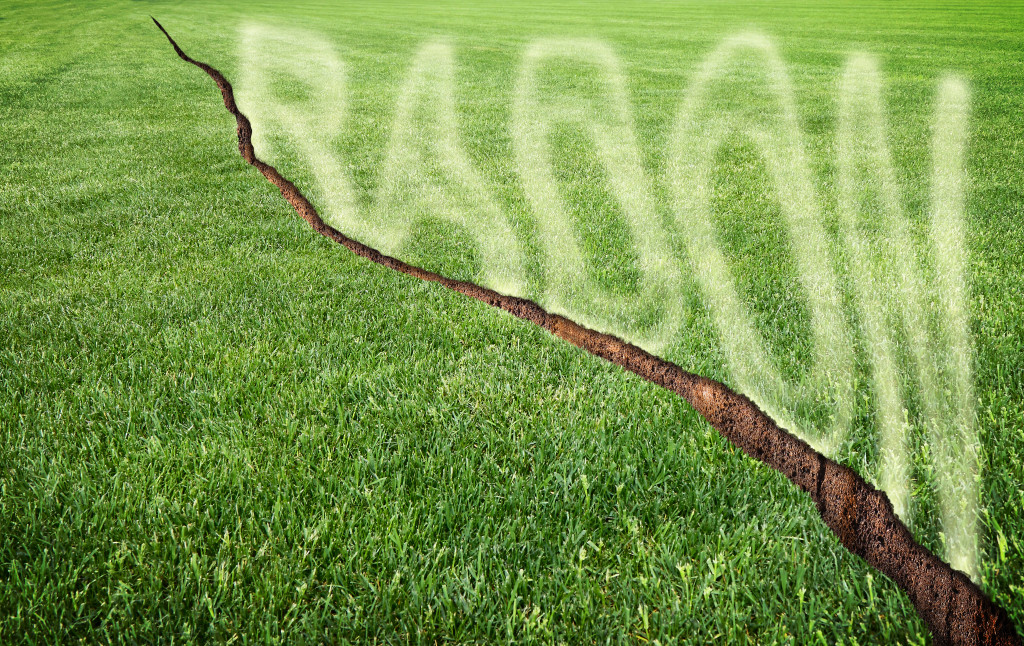Gases are often found in the home, some of which can be hazardous. It is essential to know about these gases and how to identify them so that you can take steps to avoid exposure. There are many different types of gases that can be found in the home, so this article will discuss some of them to help you keep your family safe.
1. Carbon monoxide
One of the most common gases found in homes is carbon monoxide. This gas is produced when fuel is burned, and it can be hazardous if it builds up to high levels. Exposure to carbon monoxide can lead to carbon monoxide poisoning.
Symptoms of carbon monoxide poisoning include shortness of breath, dizziness, headaches, and nausea. If you experience these symptoms, it is crucial to immediately get out of the house and into fresh air.
A simple way to prevent exposure to this gas is by installing a carbon monoxide detector. If you have a carbon monoxide detector in your home, make sure to test it regularly to ensure it is working correctly. It would be best to have your furnace and other fuel-burning home appliances checked regularly by a qualified technician.
2. Radon
Radon is a gas that is produced naturally when uranium breaks down. It is found in soil and rocks and can enter homes through cracks in the foundation. Radon is the leading cause of lung cancer among non-smokers.
Certain areas are more likely to have high radon levels, so it is essential to have your home tested if you live in an area where radon is a concern. There is no sure way to tell if your home has this gas, but there are test kits that you can use.
If your home does have high radon levels, a home radon mitigation system can help reduce the level of gas in your home. Work with a qualified professional to have this system installed.
3. Methane
Compared to other gases, methane is not as well-known. This gas is produced when organic matter decomposes. It is often found in landfills and is also the main component of natural gas.
While methane is not poisonous, it can lead to asphyxiation if it builds up to high levels in a confined space. This gas is also flammable, so it can be dangerous if there is an explosion.
If you suspect that there may be methane gas in your home, it is essential to contact a professional. They will be able to test for the presence of this gas and take steps to remove it if necessary.
4. VOCs
Another type of gas often found in homes is volatile organic compounds (VOCs). These gases are emitted from many everyday household products, such as cleaning supplies, paint, and aerosol. VOCs can be harmful to your health if you are exposed to them for long periods.
VOCs can cause various health problems, including eye and respiratory irritation, headaches, and dizziness. Some people may also experience more severe health problems, such as cancer.
To reduce your exposure to VOCs, choose products that have low VOC levels and use them in well-ventilated areas. You should also avoid using products that contain VOCs if you have asthma or other respiratory problems. To be safe, it is always best to consult with a doctor before using any products that contain these gases.

5. Ammonia
Like methane, ammonia is a gas produced when organic matter decomposes. Ammonia is often used as a cleaning product, and you can find it in many household items, such as window and floor cleaners.
Ammonia can be dangerous if it is inhaled in high concentrations. Symptoms of ammonia poisoning include coughing, difficulty breathing, and burning eyes. If you are exposed to this gas, it is essential to get into fresh air immediately.
To avoid exposure to this gas, use products that contain ammonia in well-ventilated areas. You should also wear gloves and a mask when using these products as they can be harmful if they come into contact with your skin or eyes.
6. Chlorine
Most people recognize chlorine as a liquid used to disinfect swimming pools. However, this chemical can also be found in many household products, such as bleach and toilet bowl cleaners. Chlorine also off-gases from PVC pipes.
While chlorine is not considered a hazardous gas, it can be irritating to your respiratory system. If you are exposed to high levels of this gas, you may experience coughing, wheezing, and difficulty breathing.
Immediately open windows and doors to ventilate the area if exposed to chlorine gas. If you experience difficulty breathing, call 9-1-1 or seek medical attention immediately.
These are just a few of the many hazardous gases found in homes. If you are concerned about exposure to these or other gases, it is essential to contact a professional. They will be able to test your home and take steps to remove any dangerous gases.

